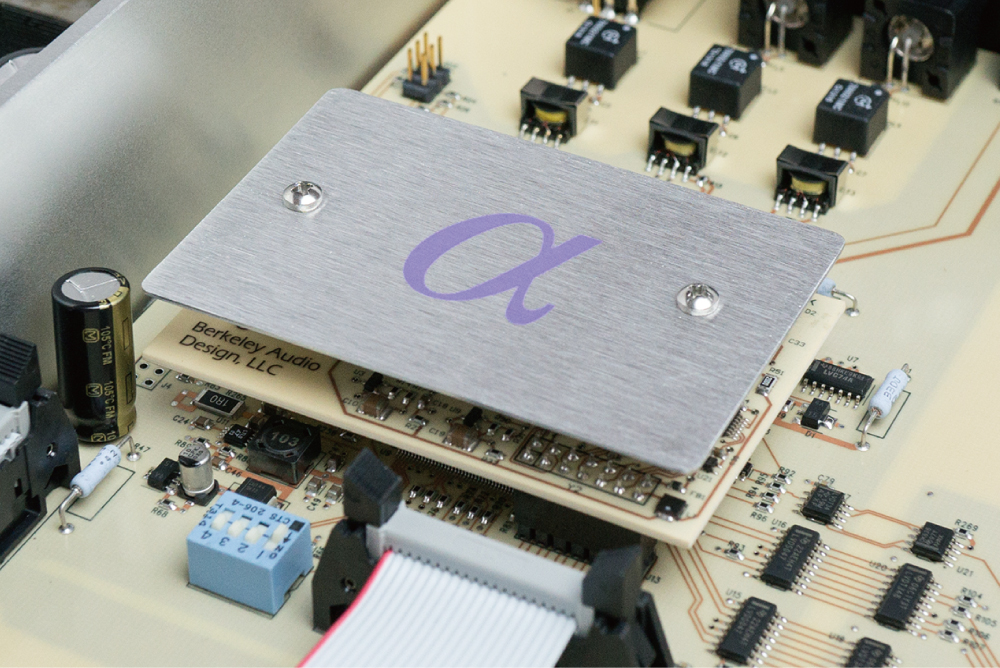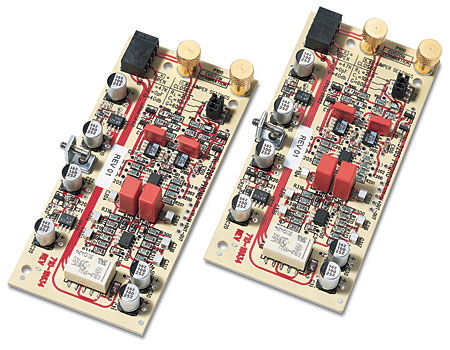Elberoth, concerning the 1% differenze between The Berkely Alpha II and the Berkeley Refernce DAC: even if the difference were only this 1% I can tell that there is an abyssal diference in sound! And I can affirm this because I have had a Berkely Alpha II in my system before I changed it with Berkely Reference DAC.
And I suppose that you haven't had the occasion of listening to it, otherwise you, who are much more expert than me, could have realized it immediately.
Concerning the prices, if we consider the prices in US Dollars: Trinity costs 56000 USD, Berkely Refernce costs 16000 USD.
And this couldn't be considered a small difference, could it?
Furthermore, concerning TotalDac price, as a simple buyer I don't care the commercial politics and trade policies of the different factories, the final result is that TotalDac twelve costs, for my pockets, 28000 euros.
Considering that I am a simple listener and a musician, and that I am not a technician, an engineer or a seller, I have expressed only an opinion of mine, after listening to Berkeley Reference, Totaldac twelve, Trinity Dac and MSB Select Dac.
I'm not all that expert in Hi-End systems, and an opinion of mine has probably a relative low value for other people.
Just to let ypu know wich kind of factors influenced my choice of a new DAC for my system.












